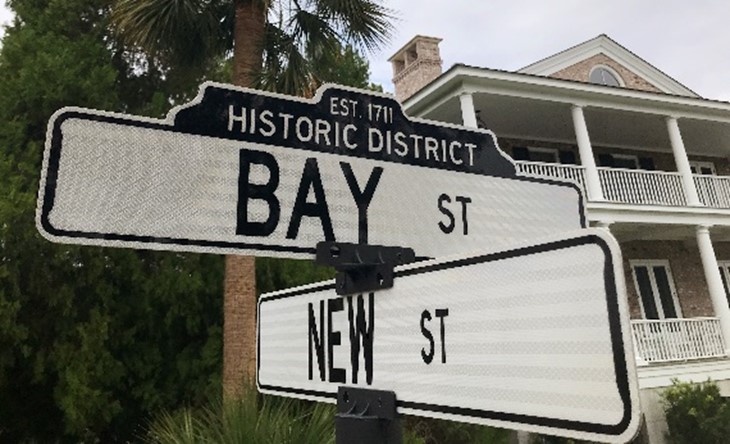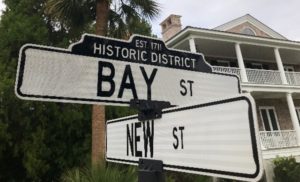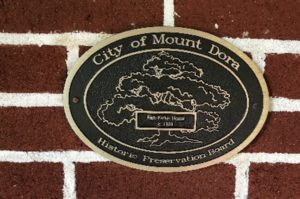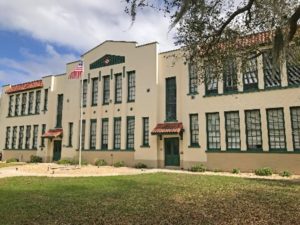
Create an Historic Preservation Ordinance
Historic structures contribute to the creation of a sense of place. They provide a link to a community’s past and provide a refuge from inevitable change.
Without protection from demolition and significant exterior alteration, some (or many) historic structures will be demolished or altered beyond recognition due to development pressure. Protected historic structures and especially districts, add character to a community and are a draw for tourists. Place an historic district sign on a highway and motorists will be tempted to exit and explore. Note that structures or districts protected on the National Register for Historic Places may be removed at the whim of the owner at any time so local designation and protection is critical.
Create a program to protect historic resources. An appointed municipal Historic Preservation Board or Commission is the first step in the protection process. The board can oversee a survey of historic resources and the development of an historic preservation ordinance. Design review for changes to designated structures should also be part of this process.
The National Alliance of Preservation Commissions (NAPC) is a network that provides practical approaches to dealing with developmental pressures and unsympathetic design. The NAPC can assist with the establishment of a local preservation ordinance and commission and provide training for the review of requests for structures or districts to be designated and protected from demolition.
A local historic preservation ordinance can protect commercial and residential properties from demolition and exterior alteration. It may protect them locally as individual structures and/or in districts. Often restrictions only apply to exteriors visible from the right of way. Most ordinances include incentives that provide economic benefits for designation. Potential incentives include but are not limited to:
- No fees for application, certificate of review, designation, or variance review
- Complimentary bronze plaque offered to owners of designated properties
- Reduced or waived building permit fees
- Waive the cost of undergrounding electric service from the street to the structure
- A rehabilitation grant program with a 50% match up to a certain amount for exterior improvements
- Use of the historic setbacks for when the structure was built, which are typically less than current ones for the construction of new standalone structures or additions
- Potential for an accessory dwelling unit which can be rented
- City staff assistance with preparation of National Register of Historic Places applications
An ordinance that includes individual structure designation allows property owners to preserve their house or other building. Many ordinances allow the residents of a residential historic district to determine the restrictions on the alteration of the houses. Restrictions may not include house paint colors or hardware. Design guidelines for new construction should require house styles that are sympathetic with neighboring houses.
National Alliance of Preservation Commissions – https://napcommissions.org/
City of Winter Park, FL – https://cityofwinterpark.org/docs/government/ordinances-resolutions/ORD3024-15.pdf
City of Winter Garden, FL – http://wintergarden-fl.gov/DocumentCenter/View/320/Ordinance-10-05-PDF
City of Arroyo Grande, CA – https://www.arroyogrande.org/DocumentCenter/View/1389/Historic-Context-Statement-PDF?bidId=
National Park Service (incentives) – http://npshistory.com/newsletters/crm/crm-v14n7s.pdf
National Trust for Historic Preservation – https://savingplaces.org/







